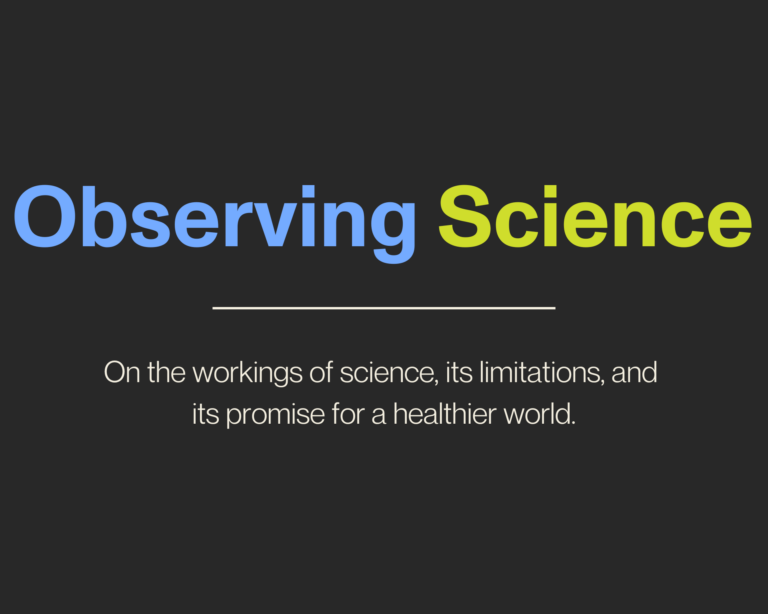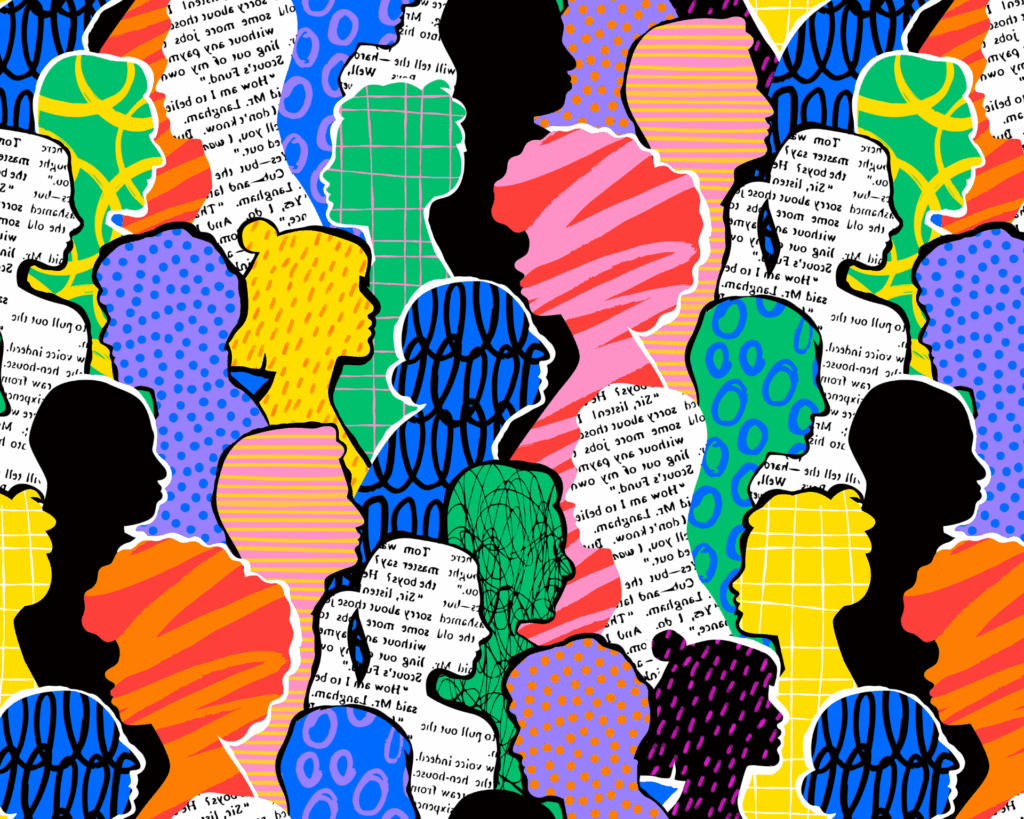Open Science, Open Access
In the final Observing Science essay, a look at the costs and benefits of open and accessible science for all.

Read Time: 3 minutes
Published:
In 1665, the Royal Society in London published its first installment of Philosophical Transactions. This new journal signaled a novel commitment to the idea that all new scientific discoveries should be circulated as widely and freely as possible and that secrecy slowed progress. This was open science, the first defense of the idea that scientific knowledge is nonproprietary and a public good, like clean water or highways.
Over the next 350 years, this commitment has been chipped away at. The production of science has been commercialized, often to protect information rather than disseminate it, and the publication of scientific knowledge has likewise become big business. The current annual subscription price for Philosophical Transactions, amazingly still in print, is about $6,000, mostly paid for by library-based subscriptions, although subscribers get access to the journal online now, as well.
The more a piece of knowledge becomes available, the more valuable it potentially is because of the wider array of possible uses for it.
Still, since the development of the Internet, the question has remained: who controls access to knowledge in digital form and who pays for the dissemination of that knowledge? Google’s arrival at the start of the 21st century had promised the coming of an online Library of Alexandria, where everyone would have free access to all books, journals, and articles in existence. Digitization promised to open the world of learning to the excluded and underprivileged, or at least those who could get online. But the realities of authorship, libraries, scientific research, technology, and publishing made a crowded intersection. Democratization and commercialization came to seem hopelessly opposed. Google’s open-access library idea had touched off an equal and opposite reaction in the form of closed access and paywalls. The Google scientific library plan flagged, and even at open-access journals, article processing fees are usually paid for by the author, that is, by their funder or employer.
Since 2008, the U.S. government has committed itself to the principle of public access to scientific information by requiring federal agencies, such as the National Institutes of Health, to oblige grant recipients to make their research freely available in digital repositories. For the past fifteen years, the hitch has been a 12-month delay in grantees’ uploads, and this embargo allowed commercial journals to jump in to provide the latest to eager readers at a cost.
A new federal directive, approved in 2022 and starting in 2026, requires immediate open access to all text and data derived from government grants. But will unrestricted, online, public access be the future? In what form, and with what guardrails? Digitization is not forever; metadata can be vulnerable to hacking or becoming obsolete; formats change. Is everything really “saved” in a digital library? Without editors and reviewers, without peer review, cyberspace will be flooded with more misinformation than the best search engines of the future can sift through.
Nearly 70% of scientific publications in the world have paid or restricted access. Yet, during the pandemic, this proportion dropped to 30%, at least for publications dedicated to COVID-19. This was evidence that science can be more transparent and better shared to accelerate research for the benefit of all. A vision of all content financed by producers, stored in the cloud, and downloaded gratis by consumers remains unfulfilled. The more a piece of knowledge becomes available, the more valuable it potentially is because of the wider array of possible uses for it, as was suggested in 1665.
This is the final Observing Science essay of our series. Read previous essays here.




